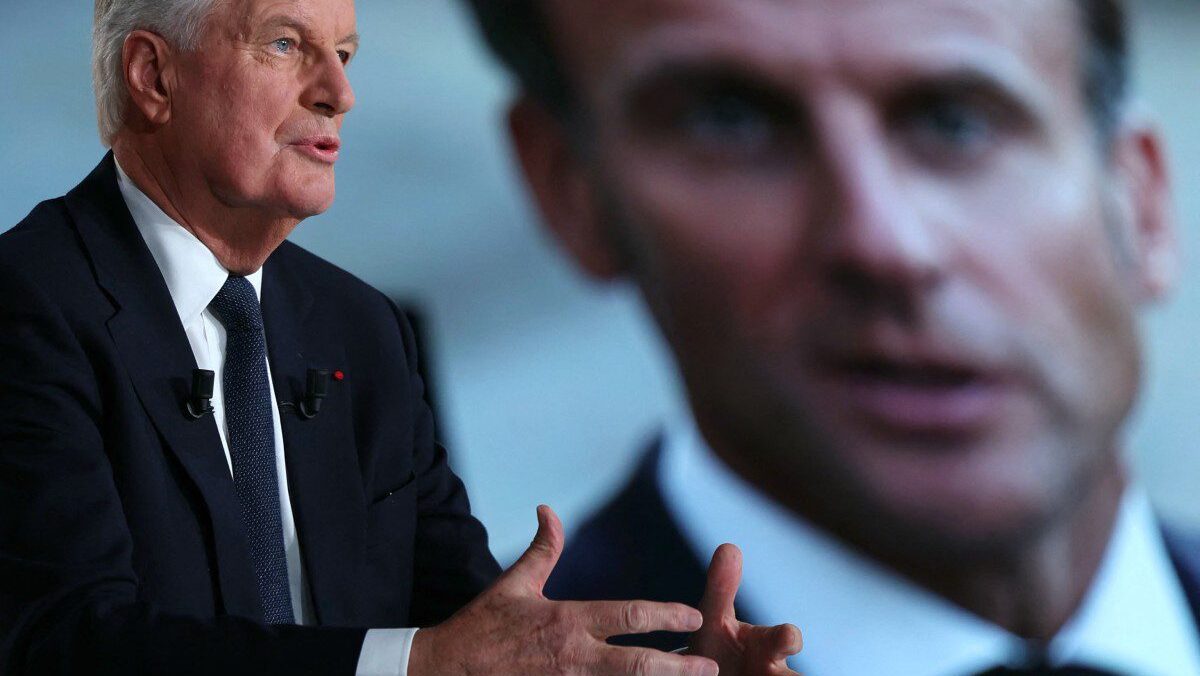
The Eco-Socialist Dream Is Going to End Ugly
No system limits political power more effectively than the free market. Policymakers in Brussels, Berlin, Paris, and London know this—which is why its defenders are systematically ridiculed.

No system limits political power more effectively than the free market. Policymakers in Brussels, Berlin, Paris, and London know this—which is why its defenders are systematically ridiculed.

In 2010-2014, the EU was the scene of a major fiscal crisis. Since then, nobody has treated the root cause, only the symptoms. Therefore, it is no surprise that history is about to repeat itself.

Comparing the market and par values of sovereign debt may seem like a dry exercise, but it reveals critical insights into the European economy.

Europe has a rich history of debt crises. Time for Trump to learn from them.

Michel Barnier’s plan to cut public spending by over €40 billion sparks backlash from both the Left and the Right.

Getting the numbers right is the first step toward closing the budget gap. Here is the first step; when will we see the next?

The U.S. government has faced a sharp rise in debt costs in the past year—but that was only the beginning. The numbers presented here should scare Congress into debt panic.

Inflation has given tax revenue an artificial boost over the past couple of years. Price stability is back now, yet government spending keeps growing at unsustainable rates.

At the start of 2024, there was a trend break on the market for sovereign debt that suggests investors may be asking a risk premium to buy U.S. government debt.

If this odd change in the yield curve continues, it will turn into an open vote of no confidence in U.S. government debt.